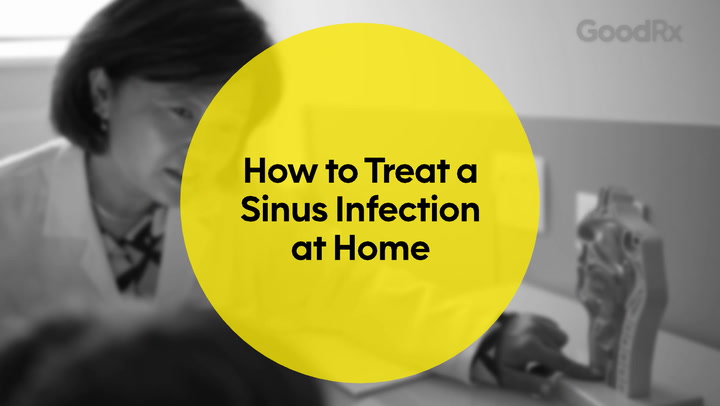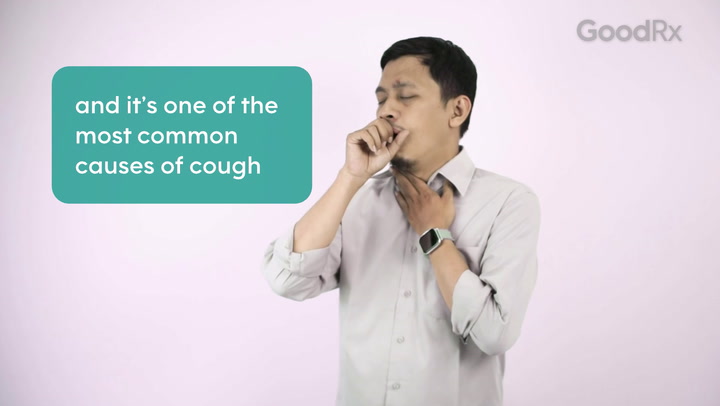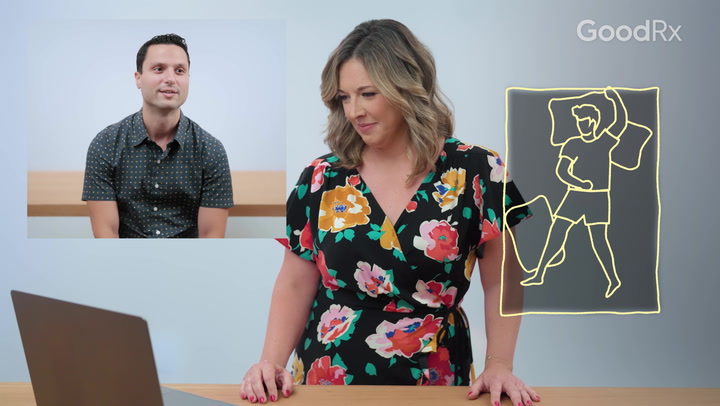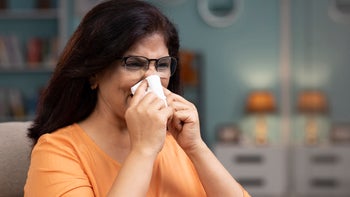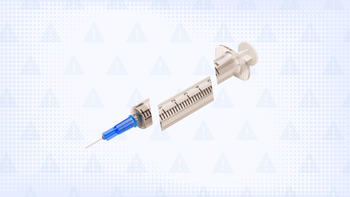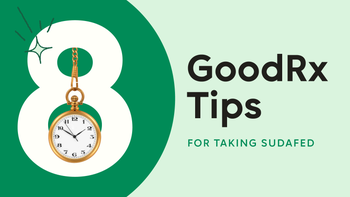
When Is a Sinus Infection Serious? Signs You Should See a Doctor
Key takeaways:
Sinus infections are typically caused by viruses. Viral sinus infections go away on their own and don’t need specific treatment.
If your symptoms last more than 10 days, you may have a sinus infection caused by a bacteria. If your symptoms feel severe, you should see your doctor. They can help you figure out if you need antibiotics for treatment.
Even if you don’t see a healthcare professional for a sinus infection, most sinus infections go away on their own. And there are a lot of options for over-the-counter treatments that can help with your symptoms.
Access savings on related medications
Table of contents

Sinus infections are really common. Almost 30 million people a year get a sinus infection in the U.S. This happens when your sinuses — the spaces in the bones of your face — get infected and filled with mucus. And if you’ve ever had one, you know the symptoms can be pretty uncomfortable.
Most commonly, the same viruses that cause common colds also cause sinus infections. But some sinus infections are caused by bacteria and can last a bit longer. So we’ll help you decide when it’s time to see a healthcare professional for treatment.
When should you see a doctor for a sinus infection?
Many sinus infections will go away on their own. But, you should see a doctor for sinusitis if:
Symptoms of nasal congestion, headache, and facial pain last for more than 7 to 10 days.
You experience initial improvement, but then symptoms get worse again within the 10 days.
You have a fever that lasts more than 3 to 4 days.
You have diabetes or any condition that weakens your immune system.
There are also times when your primary care provider may refer you to an otolaryngologist for treatment. This is a doctor who specializes in the ear, nose, and throat (also called an ENT). This is more likely if:
You have more than three episodes of sinusitis in 6 months.
Your symptoms aren’t getting better with antibiotic treatment.
A healthcare professional is concerned that your symptoms are due to something else than just a sinus infection.
Search and compare options
You may also need to see a specialist, or require more serious treatment, if you develop a complication from a sinus infection.
How do you know if you have a sinus infection?

Let’s review how to know if you have a sinus infection in the first place. Since the symptoms can feel similar to a cold, it can be hard to tell the difference. Some symptoms that set a sinus infection apart include:
Feeling like you can’t get mucus out of your nose
Facial pain, pressure, or fullness
Headache
Pain over teeth
Nasal drainage, usually green in color
Postnasal drip (when the mucus drips down the back of your throat)
Fever
Bad breath
Do you need antibiotics for a sinus infection?
Not usually. Since most sinus infections are caused by a virus, antibiotics aren’t needed for treatment. In fact, 85% of sinus infections will resolve in 2 weeks without using antibiotics.
Antibiotics are only helpful if a sinus infection is caused by bacteria. In these cases, a healthcare professional may prescribe you a generic antibiotic, usually amoxicillin or amoxicillin-clavulanate (Augmentin). Sometimes a Z-Pak is used to treat a sinus infection.
If your symptoms still don’t get better, a healthcare professional may need to do a nose swab to see what’s causing the infection and what antibiotic will be best to treat it.
Sometimes food really is the best medicine. These are the best foods to eat when you have a sinus infection.
Did you know that most sinus infections will go away on their own? Here’s how you can relieve sinus symptoms at home.
There are many medications to help against infections. So, when are antibiotics the right choice for your symptoms?
That being said, many healthcare professionals will prescribe antibiotics for most people who come in with symptoms of a sinus infection — regardless if they really need it. This is in part due to patient preference and expectations. But also because people do see an improvement (although a small one) in their symptoms the first few days after starting antibiotics.
Many healthcare professionals still recommend people to hold off on antibiotics to avoid:
Serious allergic reactions
Unwanted side effects, like a rash or diarrhea
The development of drug-resistant bacteria, which can cause infections that are much harder to treat
How long does a sinus infection last?
Sinus infections can be divided into two types: acute and chronic. Acute sinus infections can last a few days up to 8 weeks. Chronic sinus infections can last even longer than 8 weeks, sometimes for many months.
On average, an acute sinus infection will clear up on its own within about 7 to 10 days without antibiotics. If you are prescribed antibiotics, it may take 2 to 4 days to start feeling some relief. It may still take up to a week or more to feel fully recovered.
What happens if a sinus infection goes untreated?
Whether you take antibiotics or not, 70% of people see an improvement in their symptoms after 7 days. So it’s reasonable to hold off on treating your sinus infection, at least in the beginning.
But if your symptoms suggest you could have a bacterial infection, then going without treatment can lead to serious complications. This can include:
Meningitis, an infection around your brain and spinal cord
An abscess close to your brain
Orbital cellulitis, an infection around your eyes
Sinus venous thrombosis, a blood clot in the veins near the brain
These conditions need immediate treatment, usually in a hospital setting. So you should get emergency medical care if you have:
An intense headache
Neck pain or stiffness
Extreme lethargy
Confusion or change in consciousness
Swelling around your eyes
Difficulty moving your eyes, or severe pain when you do
Changes in vision
Even though this can sound pretty scary, these complications are very rare. As mentioned, most people will recover from a sinus infection without a problem — with or without antibiotics.
How do you treat a sinus infection at home?
It’s definitely possible to treat a sinus infection at home. Options for at-home treatments are:
Taking over-the-counter (OTC) pain medications like acetaminophen (Tylenol) and ibuprofen (Advil)
Rinsing your nose with a saline solution, like with a neti pot
Using a saline nasal spray, like Xlear or Ayr
Using a nasal spray with a steroid in it like fluticasone (Flonase) or one with a decongestant like oxymetazoline (Afrin)
Taking OTC decongestants like pseudoephedrine (Sudafed) or Mucinex D
Placing a warm compress over your forehead and nose
Breathing in steam from a hot shower or bowl of water
Keep in mind that these are mainly to help you feel better. These treatments don’t change the course of the infection.
Frequently asked questions
A sinus infection can make you feel miserable. Most of the discomfort is located in your head and facial area. Inflammation in the sinuses causes pain and other symptoms that make you feel like:
You can’t breathe through your nose.
You have to constantly swallow or clear your throat.
You have a headache.
You have a toothache.
Your face hurts, especially over your cheekbones or eyebrows.
You have bad breath.
Your body is achy or fatigued.
After a week or so, most sinus infections start to resolve. Some signs your sinus infection is getting better include:
Less frequent or improving headache pain
Improved congestion
Improved facial pain/tenderness or tooth pain
Needing to blow your nose less frequently
Improved sinus pressure
Less postnasal drip
If a healthcare professional prescribed antibiotics, it’s important to finish the full prescription even if your symptoms are gone. Stopping antibiotics can allow a sinus infection to come back and you run the risk of developing antibiotic-resistant bacteria.
Having colored mucus doesn’t mean you have a sinus infection if you don’t have other symptoms. Your mucus can be almost any color when you have a sinus infection, like:
Clear or cloudy white
Green
Yellow
Brown
Red-tinged or rust-colored mucus can also happen when inflammation causes breakage of the delicate blood vessels in the lining of your sinuses.
The bottom line
Sinus infections typically feel worse than a cold. So it can be uncomfortable to wait them out. But most sinus infections do get better all on their own. If you think you may need antibiotics, don’t hesitate to reach out to a healthcare professional. This is especially true if your symptoms have lasted for longer than 10 days and are getting worse. This increases the likelihood that your infection is from bacteria, and antibiotics can help.
Why trust our experts?
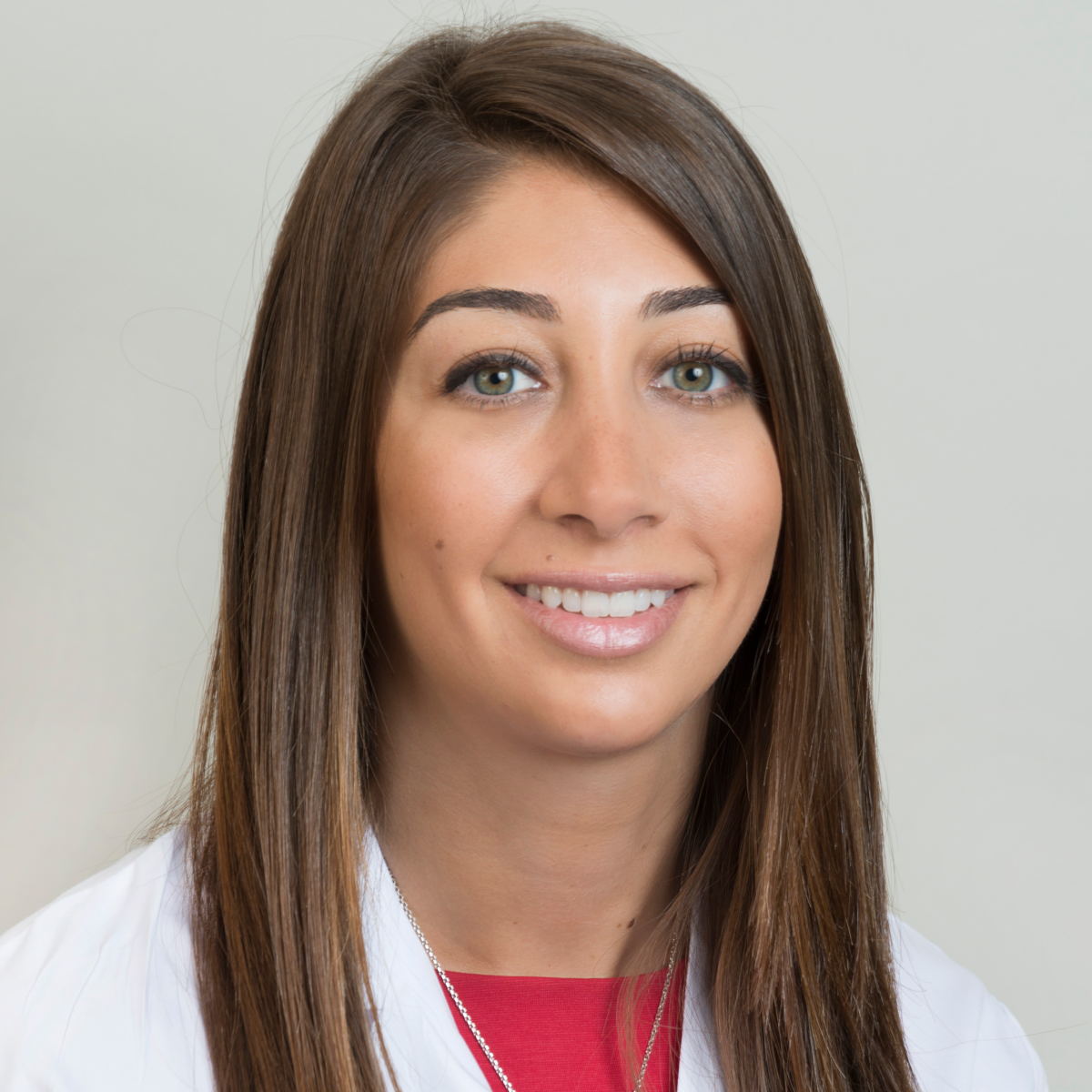


References
American College of Allergy, Asthma & Immunology. (n.d.). Sinus infection.
American Family Physician. (2011). Sinus infections (sinusitis).
Burgstaller, J. M., et al. (2016). Antibiotic efficacy in patients with a moderate probability of acute rhinosinusitis: A systematic review. European Archives of Oto-Rhino-Laryngology.
Healthwise. (2023). Sinusitis: Should I take antibiotics? Alberta Health Services.
Familydoctor.org. (2023). Decongestants: OTC relief for congestion.
MedlinePlus. (2023). Nasal corticosteroid sprays.
Mohan, S., et al. (2014). Societal and physician perspectives on sinonasal diagnosis and treatment. American Journal of Rhinology & Allergy.
Rosenfeld, R. M., et al. (2007). Systematic review of antimicrobial therapy in patients with acute rhinosinusitis. Otolaryngology–Head and Neck Surgery.
Rosenfeld, R. M. (2016). Acute sinusitis in adults. The New England Journal of Medicine.
Shargorodsky, J., et al. (2022). Sinus infections (sinusitis). Penn Medicine.
U.S. Food & Drug Administration. (2023). Is rinsing your sinuses with neti pots safe?



